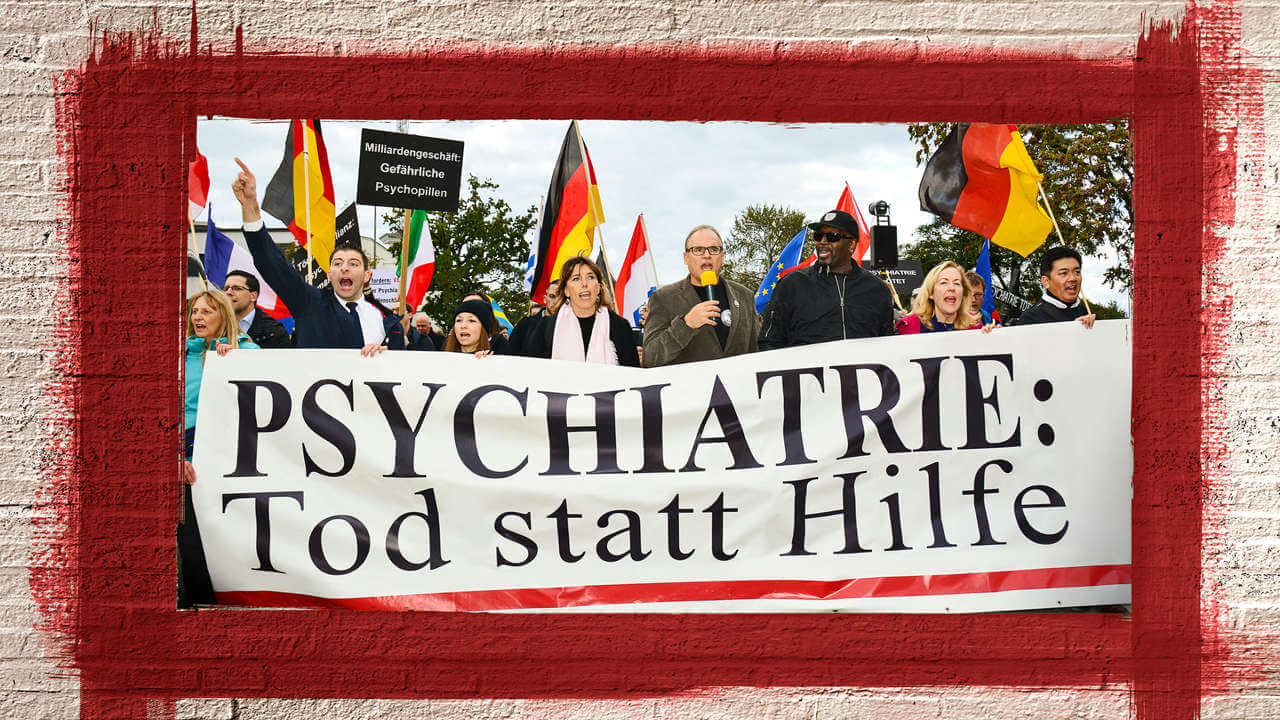Refugees and migrants hosted in Serbian reception centres get their COVID-19 vaccine doses
Refugees and migrants may live highly insecure lives, often in fear and without access to essential health and other services. Their living circumstances can also put them at heightened risk of COVID-19 infection, and the pandemic has consequently had a disproportionate impact on refugee and migrant communities.
Protecting the health of refugees and migrants is crucial in the context of the pandemic. Together with the United Nations Refugee Agency (UNHCR), other United Nations agencies and nongovernmental organizations, WHO/Europe has been working with Member States to ensure that these populations are included in national COVID-19 vaccine deployment plans as part of a commitment to universal health coverage and leaving no one behind.
Serbia has demonstrated this commitment by including all migrants and refugees in the national vaccination strategy as high-risk, priority population groups.
Learning and applying: WHO engages health-care workers to prepare for vaccine roll-out
For more than 15 years, Dr Vesna Bura-Jovanovic has been helping people access essential health services. She has worked with people who have fled war and poverty, and who have braved long and often perilous journeys to reach Europe. Now, she focuses on ensuring that these same people have the tools to protect themselves from COVID-19. One of these tools is a COVID-19 vaccine.
WHO is working with doctors like Dr Bura-Jovanovic who directly support migrants and refugees in reception centres and who are instrumental in relaying health information. Ensuring equitable access to easily comprehensible and reliable information is key to helping people protect themselves against infection with COVID-19. It is also critical to addressing any concerns related to vaccination that refugees and migrants may have, especially as they may not speak the language of the host country. In this effort, health-care workers act as gatekeepers for information and service delivery to the target population.
Dr Bura-Jovanovic attended a WHO training for health-care workers on how to communicate with COVID-19 vaccine recipients. She says the training prepared her to address concerns in a way that is tailored to the needs of migrants and refugees. She has started to apply some of the techniques she learned in the training, such as congratulating those who have received their vaccinations and inviting already-vaccinated people from the community to share their experiences with others.
Dr Bura-Jovanovic has witnessed the changing situation in Serbia. Since 2015, the number of refugees and migrants has grown as Serbia has become a central passing point for people coming mainly from the Middle East, central Asia and Turkey on their way to western Europe. In 2020, more than 60 000 people passed through migrant reception and asylum centres in Serbia.
Dr Bura-Jovanovic was present at the reception centre near Belgrade last week when more than 50 refugees received their first dose of COVID-19 vaccine at the point of entry.
To date, WHO in Serbia has organized 18 visits to reception centres with interpreters and cultural mediators to ensure that public health information is being delivered accurately and appropriately. WHO also adjusted and translated vaccination-related materials into Arabic, Farsi and English, and distributed them to all 19 asylum and reception centres before the vaccination campaign started.
WHO recommendations
All residents in every country should be included in the national COVID-19 vaccine deployment plan and be eligible for vaccination according to the national prioritization strategy based on, for example, age, underlying health conditions or other defined characteristics.
WHO’s Strategic Advisory Group of Experts on Immunization (SAGE) has identified refugees, internally displaced people, asylum seekers and vulnerable migrants in irregular situations as potentially at significantly higher risk of severe disease or death due to COVID-19. SAGE has therefore recommended that countries consider this group for prioritization in the second stage of vaccination roll-out, when vaccine supply is still limited but the highest-priority groups – generally health workers and older people – have been vaccinated.
In line with this recommendation, refugees, asylum seekers and migrants in asylum and reception and transit centres have been included in the current phase of vaccination roll-out in Serbia.
“For this population, many of whom are residing in cramped centres, vaccination is especially important because maintaining physical distancing might be a challenge,” said Dr Abebayehu Assefa Mengistu, WHO Health Emergency Coordinator.
Serbia has successfully vaccinated more than 30% of its population with at least 1 dose of a coronavirus vaccine.


